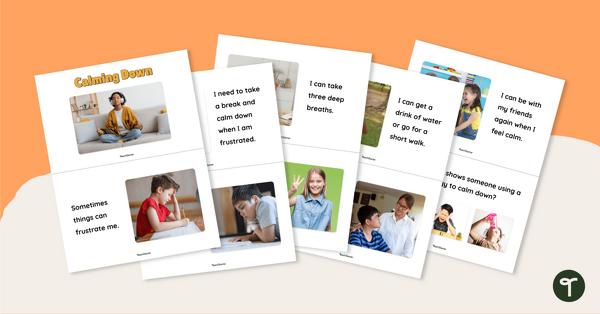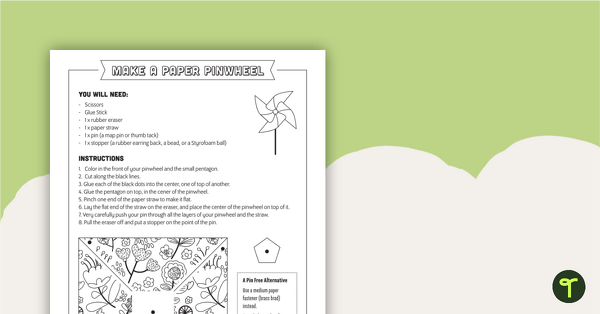Teach your students about angry feelings with this comprehensive guide to understanding and managing anger.
Anger Management for Kids? Look No Further Than Our Managing Anger PowerPoint!
Mateo’s friends are going to the movies to see the new superhero movie. When Mateo asks his mom if he can go, she says the movie is inappropriate and that he is not allowed to go with his friends. Mateo is the only one in his group of friends who is not allowed to see the movie.
How might Mateo be feeling?
If you suggested “angry” you would be 100% correct!
Anger is a feeling we experience when we think something is wrong, hard, or unfair. It is a normal human emotion that everybody experiences from time to time.
Sometimes, anger can develop from other emotions such as frustration, sadness, disappointment, embarrassment, or rejection.
It is vital that our children understand what anger actually is; how it affects our minds, bodies, and actions; and how it can be managed with the right strategies.
This PowerPoint presentation has been created by a team of dedicated educators to support you in teaching your students how to manage their anger. It poses (and answers) the following questions:
- How do I know I am feeling angry?
- How does anger affect our thoughts?
- How does anger affect our bodies?
- How does anger affect our actions?
- How can anger be managed?
Suggested Anger Management Strategies for Kids
If our students don’t know how to manage anger in an appropriate way, it can cause them to behave inappropriately. This is often referred to as an angry “outburst.” Thankfully, there are many strategies our students can use to manage anger when it arises. These strategies can help control negative thoughts and actions and can decrease the physical effects that anger has on the body. This, in turn, can help avoid those angry outbursts!
This PowerPoint explains the following anger management strategies in detail:
- Recognizing your anger
- Stopping and counting to 10
- Implementing a “calm down” plan
- Seeking the alternative viewpoint
- Achieving empathy
- Talking it out
- Choosing to let the anger go
Take Learning Further with ‘Turn and Talk’ Activities
This PowerPoint includes collaborative “turn and talk” activities that can be used to further support your students’ understanding of what anger is and how it can be managed.
Download, and You’re Done!
This resource downloads as a PowerPoint template. Please use the Download button to access.
Looking for more great resources to support your students’ social-emotional learning? We have you covered!
| [resource:4819815] [resource:4820763] [resource:4794373] |












0 Comments
Write a review to help other teachers and parents like yourself. If you'd like to request a change to this resource, or report an error, select the corresponding tab above.